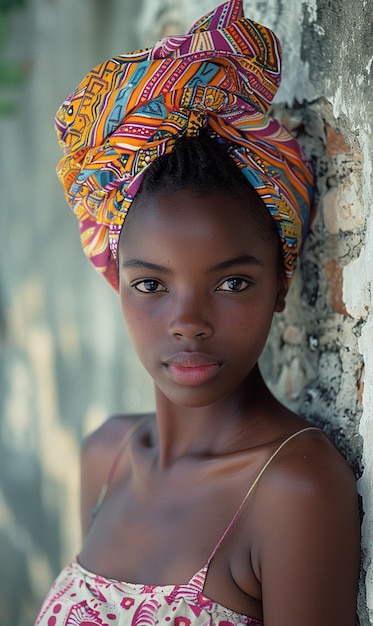
What are the best places to visit in Mozambique? What activities should you add to your Mozambique itinerary? Which regions shouldn’t be missed?
Mozambique is a gem in Southeastern Africa that often flies under the radar as a holiday destination. With its stunning beaches, offshore marine parks, and rich culture, this country is undoubtedly one of Africa’s hidden treasures. There’s so much to enjoy in Mozambique, and it’s likely you’ll fall in love with it! But where should you begin? What should you see and do? Start with our list of some of the best places to visit and the top activities to enjoy in Mozambique.
Maputo is the capital and most populous city of Mozambique, making it a fantastic starting point for your journey. This city is a cultural melting pot, with its historic downtown offering a fascinating mix of influences. Don’t miss the Cathedral of Our Lady of the Immaculate Conception, one of Maputo’s iconic structures. Nearby, you can visit Independence Square and the impressive Maputo City Hall. The Fortress of Maputo, a well-preserved 18th-century fort now functioning as a military history museum, is another must-visit. For a taste of local life, explore the Maputo Central Market. The Central Railway Station, known as one of the most beautiful train stations globally, is a sight to behold. If you have the time, take a trip to the Maputo Special Reserve, located about 100 km south of the city. Covering 1040 square km, this reserve was established in 1932 to protect a population of coastal elephants.
Bazaruto, an archipelago in southern Mozambique, consists of six islands forming a breathtaking marine national park. With its paradise-like setting of clear blue waters and white sandy beaches, Bazaruto is one of the best places to visit in Mozambique. The archipelago’s waters are perfect for diving and snorkeling, where you can spot sea turtles, game fish, and devil rays. It’s also home to several endangered species like whale sharks, manta rays, leatherback turtles, humpback whales, and dugongs.
Tofo is a coastal town in southeastern Mozambique and a popular beach destination, especially among young travelers. Known for its laid-back atmosphere, Tofo offers excellent opportunities for diving, snorkeling, and surfing. The town’s beautiful clear waters and waves make it a hit among surfers. Remarkably, Tofo is also known as the whale shark capital of Africa, with one of the largest concentrations of these gentle giants found between October and March. Tofo’s vibrant scene includes numerous seafood restaurants, cafes, beach bars, and a bustling market where you can shop for souvenirs.
Gorongosa National Park is situated at the southern end of the Great African Rift Valley in central Mozambique. This park features diverse ecosystems, including floodplains, grasslands, savannahs, and dry forests. It is teeming with wildlife, such as lions, elephants, antelopes, bushbucks, waterbucks, and hippos, making it an ideal destination for nature enthusiasts.
Ilha de Moçambique, or the Island of Mozambique, is an island in the northern part of the country. Previously a Portuguese trading post on the route to India, it is now a UNESCO World Heritage Site. Known for its rich history and sandy beaches, the island offers a charming step back in time with its cobblestone streets and colonial buildings. Ilha de Moçambique is a cultural mosaic, blending influences from Portuguese, African, Swahili, Indian, and Arab cultures.
Quirimbas Archipelago is among the most stunning places in Mozambique, consisting of 32 coral islands with pristine white sand beaches and abundant marine life. The archipelago forms part of the Quirimbas National Park, known for exceptional diving sites, and is on the tentative list to become a UNESCO World Heritage Site.
Niassa Reserve, located in northern Mozambique near the Tanzanian border, covers an area of 42,000 square kilometers, making it the largest protected area in the country. This vast reserve, comparable in size to the Netherlands, features extensive woodlands, savannahs, and inselbergs. It is home to a variety of wildlife, including sable antelopes, elephants, Cape buffalos, impalas, wildebeests, zebras, leopards, and over 400 bird species. The reserve hosts three endemic species: the Niassa wildebeest, Boehm’s zebra, and Johnston’s impala, and boasts a large population of the endangered African wild dog. Despite its impressive credentials, Niassa Reserve remains largely underappreciated and unknown.
Mozambique offers a rich blend of cultural experiences, stunning natural beauty, and unique wildlife opportunities. There’s no doubt that a visit to this remarkable country will leave you with unforgettable memories.